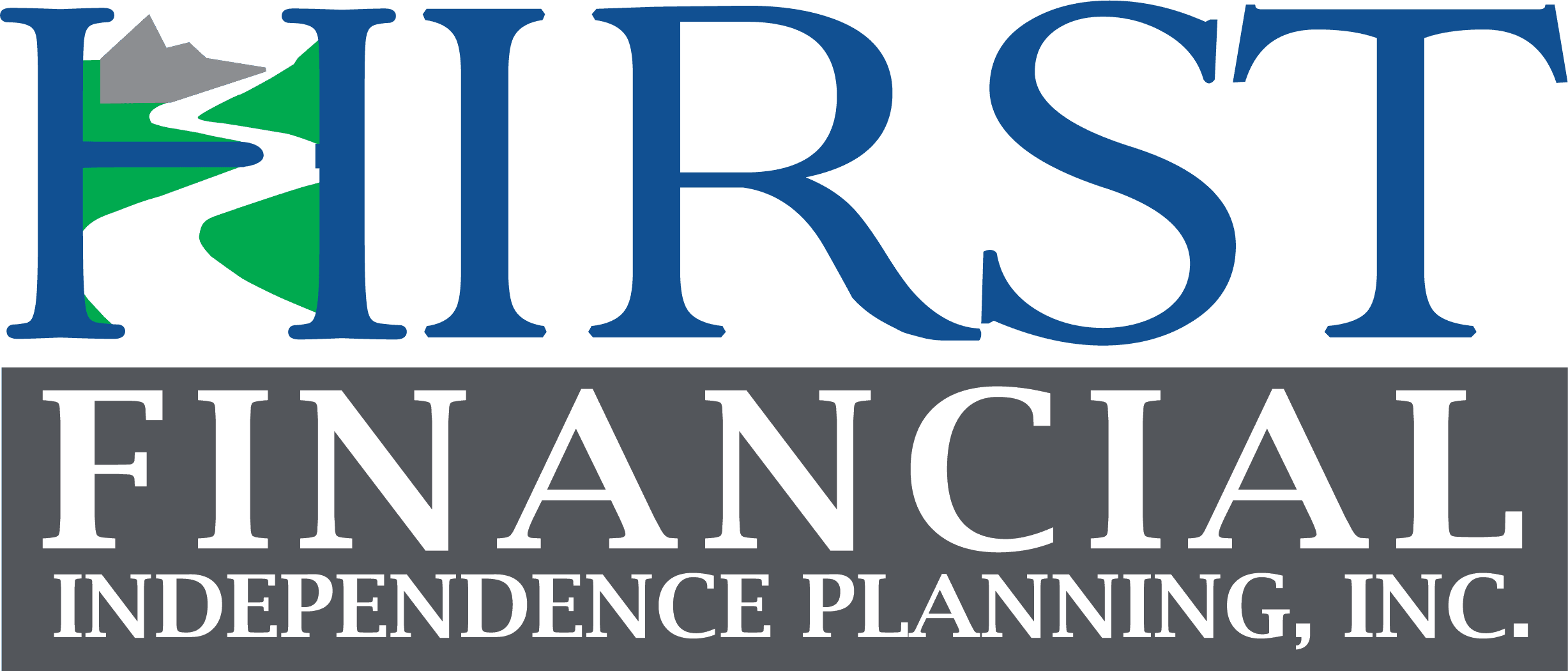Published by Beth Schanou, Director of Wealth and Estate Planning and the Carson Wealth Investment Committee
Our clients have a wide range of goals when it comes to their finances. One goal many parents share is funding at least a portion of their children’s college education expenses. Seeking to pay college expenses while saving for retirement is a delicate balance. Without strategic planning, one of the goals could be left underfunded.
Specifically identifying your goals is a good place to begin. When you do want to retire? How much cash flow will you need to maintain your desired lifestyle? What financial resources will you have available? How much will college cost? How much assistance do you wish to provide for college expenses?
When it comes to college and the cost to attend a school, your Expected Family Contribution (EFC) becomes key for financial aid eligibility. EFC is calculated from information contained in the Free Application for Federal Student Aid (FAFSA) and is important for loan eligibility as well as need-based aid. The EFC is affected by family size and number attending college as well as family income, assets and unemployment and Social Security benefits. The formula rewards savings in certain assets, such as qualified retirement plans, Roth IRAs, annuities, life insurance and 529 college savings plans. Current income is weighed heavily in calculating EFC with no allowance made for the need to save for retirement, which makes planning ahead crucial.
The College Board Website* provides a calculator that should be used, even for high net worth individuals, as early as middle school to provide a preliminary EFC calculation to aid in determining what costs may be faced in the future. If you have a low EFC, you may want to seek schools with generous need-based aid. With a high EFC, seek schools offering merit scholarships to wealthier students.
Knowing when income affects financial aid eligibility may provide an opportunity for planning. Under the old rule, the previous year’s income impacted financial aid and the FAFSA could be filed as early as January 1 for Fall enrollment. Under new rules beginning for the 2017-18 school year, the prior-prior year (PPY) is now relevant and FAFSA submission can occur as early as October 1 for enrollment the following Fall. Those entering college in the fall of 2017 can submit their FAFSA as early as October 1, 2016 and income from 2015 (the PPY) will be relevant.
Whether your EFC is low or high, strategic saving can maximize assets for college and retirement. Here are some things to consider:
Qualified Retirement Plans:
- Save heavily in qualified plan before college
- Reduce funding during college to free some cash flow and because pre-tax contributions are added back to income and increase EFC
- After college, redirect all income used toward college funding back into retirement savings
529 Plans:
- Provide tax efficiency for dedicated college funding
- Withdrawals for qualified expenses from parent or student-owned plans do not penalize financial aid in future years, but withdrawals from grandparent-owned plans do. Consider using parent and student-owned plans for early college years and grandparent-owned plans for later years.
- If eligible for the American Opportunity Credit, do not use 529 plan assets for the first $4,000 in qualified expenses.
- Continue making contributions to the plan while the child is in college, even for immediate expenses, if contributions are eligible for a state income tax deduction.
Roth IRAs:
- Like 401(k)s and traditional IRAs, the account balance does not impact EFC.
- Contributions may continue when college expenses are incurred with no add-back penalty to income.
- The 10% penalty for withdrawals before age 59½ is waived if assets are withdrawn for qualified college expenses for you, your spouse, children, or grandchildren.
Life Insurance:
- A cash value accumulation policy can be an alternative for those not eligible to contribute to a Roth IRA.
- Cash value does not impact EFC and the death benefit could provide a funding source in the event of a premature death.
Cash Flow:
- Eliminate debt before your children reach college.
- Consider timing for major purchases. Assets such as automobiles, boats, school supplies, appliances and home equity generally do not count as assets affecting financial aid. Please note the school’s calculation method can impact inclusion of assets.
* https://bigfuture.collegeboard.org/pay-for-college/paying-your-share/expected-family-contribution-calculator
Content in this material is for general information only and not intended to provide specific advice or recommendations for any individual. No strategy assures success or protects against loss. Investing involves risk including loss of principal.
Prior to investing in a 529 Plan investors should consider whether the investor’s or designated beneficiary’s home state offers any state tax or other benefits that are only available for investments in such state’s qualified tuition program. Withdrawals used for qualified expenses are federally tax free. Tax treatment at the state level may vary. Please consult with your tax advisor before investing.
The Roth IRA offers tax deferral on any earnings in the account. Withdrawals from the account may be tax free, as long as they are considered qualified. Limitations and restrictions may apply. Withdrawals prior to age 59 or prior to the account being opened for 5 years, whichever is later, may result in a 10% IRS penalty tax. Future tax laws can change at any time and may impact the benefits of Roth IRAs. Their tax treatment may change.
This material contains only general descriptions and is not a solicitation to sell any insurance product or security, nor is it intended as any financial or tax advice. For information about specific insurance needs or situations, contact your insurance agent.

![FAFSA Table[1]](https://www.hirstfip.com/wp-content/uploads/2016/06/FAFSA-Table1-700x169.png)
